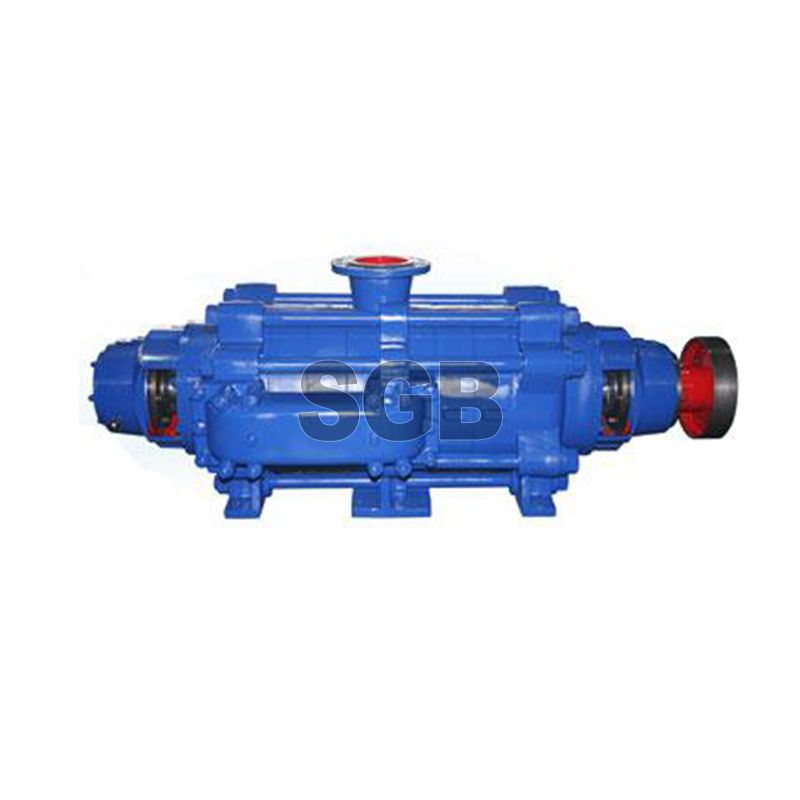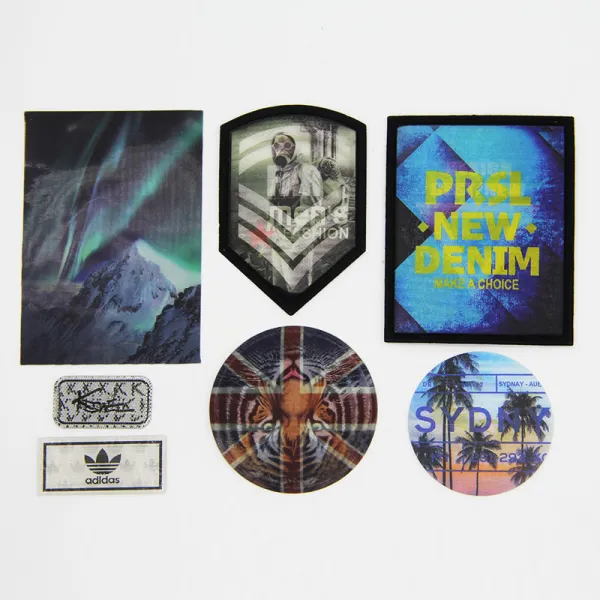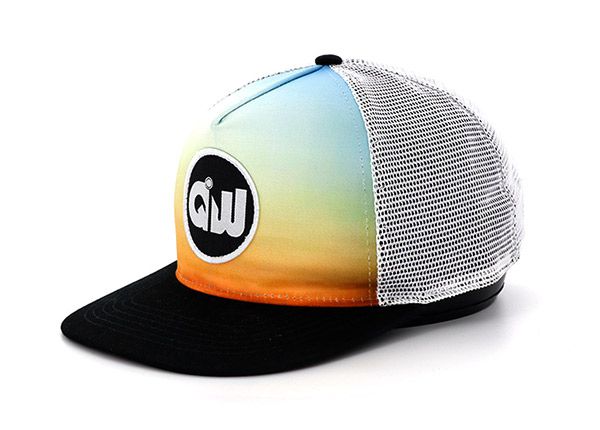In the dynamic landscape of fluid dynamics, multistage centrifugal pumps stand as stalwarts, revolutionizing the way we approach fluid transportation and manipulation. These sophisticated machines are not just integral components in various industries but are also fascinating examples of engineering prowess. Join us on an exploration of everything you need to know about these marvels of fluid dynamics.
What Sets Multistage Centrifugal Pumps
Multistage centrifugal pumps, often the unsung heroes behind fluid movement, are distinguished by their unique design. Unlike their single-stage counterparts, these pumps comprise multiple impellers arranged in series, each contributing to the overall energy transfer. The magic lies in this sequential arrangement, which enables these pumps to generate higher pressures than their single-stage counterparts.
How Multistage Centrifugal Pumps Work
The efficiency of Multi-stage pumps stems from their ability to divide the workload among several impellers. As fluid passes through each impeller, it gains momentum and energy, creating a cumulative effect that leads to the desired high-pressure output. This design not only enhances efficiency but also ensures a smoother, more continuous flow.
Where Multistage Centrifugal Pumps Shine
Multistage centrifugal pumps find applications in diverse industries, ranging from oil and gas to water treatment. In the oil sector, they play a crucial role in transporting crude oil across vast pipelines, utilizing their high-pressure capabilities. Similarly, in water treatment plants, these pumps prove indispensable for moving water through various stages of purification.
Selecting the Ideal Multistage Centrifugal Pump
Selecting the right multistage centrifugal pump is paramount for optimal performance. Factors such as flow rate, head, and the nature of the fluid being transported must be carefully considered. Engineers and operators must collaborate closely to analyze the specific requirements of the system, ensuring the selected pump aligns perfectly with the task at hand.
Ensuring Longevity and Reliability
Proper maintenance is the linchpin for ensuring the longevity and reliability of multistage centrifugal pumps. Regular checks on impeller conditions, lubrication levels, and alignment are essential to prevent unexpected downtime and maintain peak performance. Implementing a proactive maintenance schedule is not just a best practice; it's a prerequisite for the seamless operation of these pumps.
The Future of Multistage Centrifugal Pumps
As technology continues to evolve, so does the landscape of multistage centrifugal pumps. Innovations in materials, design, and automation are pushing the boundaries of what these pumps can achieve. Smart pumps, equipped with sensors and real-time monitoring capabilities, are poised to redefine the efficiency and reliability standards of fluid transportation systems.
Related suggestion



